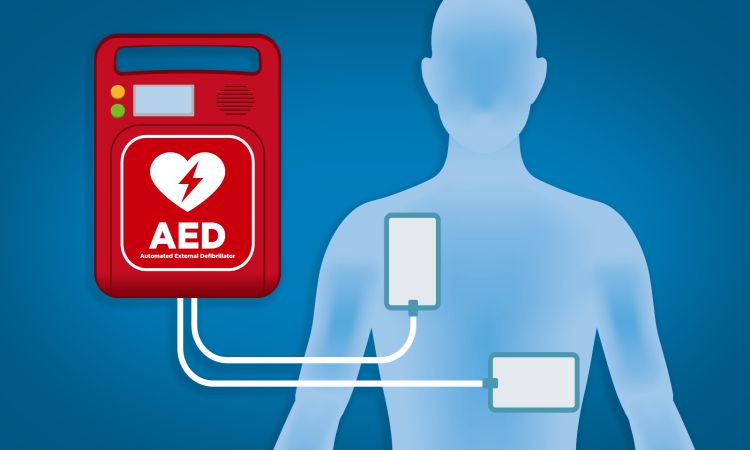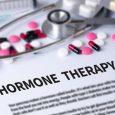 The first responder is one of the most critical professions in the world. They help people in need in the most challenging situations and are on call 24 hours daily. For this reason, they need to be prepared. One of the most critical pieces of this preparation is having a well-stocked first aid kit.
The first responder is one of the most critical professions in the world. They help people in need in the most challenging situations and are on call 24 hours daily. For this reason, they need to be prepared. One of the most critical pieces of this preparation is having a well-stocked first aid kit.
If you were to ask an experienced first responder what the essential items in the kit are, they would say this. The kit’s most essential items are the AED pads from a reliable provider, such as Best electrodes from AED Advantage Sales Ltd. This is because a first responder cannot perform defibrillation and save a life without one.
What Is An Aed Pad?
An automatic external defibrillator (AED) is a machine that first responders can use to treat victims of cardiac arrest. It detects the heart rhythm and sends a shock to the heart if the rhythm is lost. This shock can help to restore the heart’s normal rhythm. It is placed on a victim’s bare chest and is essential for first responders, who use it to send a shock from an AED to help revive the victim.
Why Is An Aed Pad Important?
Different types of Defibrillators including Automated External Defibrillators (AEDs) for public use, Manual Defibrillators for healthcare professionals, and Implantable Cardioverter Defibrillators (ICDs) for continuous monitoring. AED pads are important for first responders to have on hand because they can treat cardiac arrest patients who have stopped breathing and whose hearts are not beating. First responders need to be prepared to use the pads because they are one of the few ways to save lives. The quality of the pads is also important because it determines how effective the shock will be.
When first responders are on duty, they take the pads with them, saving them the time it would take to find new pads in an emergency. First responders are often the first to reach cardiac arrest victims, and the key to successful CPR is to use an AED to shock the heart back into a normal rhythm. Without the pads, the AED will be unable to do its job.
How Do First Responders Utilize An Aed Pad?
There are various AED pads, but an automatic external defibrillator (AED) pad is the most common. First responders use these pads to provide patients with the highest level of care.
AED pads are the size of a credit card and come with a built-in monitor and voice recorder. On the pad’s surface, there is a green LED light and a button that, when pressed, will switch the pad on and start recording. The LED light will blink and give the user audio feedback that the pad is recording.
If a patient is in cardiac arrest, the first responder will place the AED pad on the chest and press the button, which will shock the patient. The AED pad will record the shock and will be able to replay the recording to provide evidence that first responders followed all proper procedures.
Which Aed Is Suitable For First Responders?
AED Advantage Sales Ltd. has a wide variety of AED pads for different situations. However, first responders need to have the proper electrode pads. These pads are essential because they help deliver the appropriate electrical current for proper defibrillation.
The electrode pads are also critical for first responders because they are easy to use and can be placed on the patient quickly. The electrode pads from AED Advantage Sales Ltd. are durable and can withstand the rigorous use they are subjected to during emergencies
Why Should First Responders Always Carry An Aed?
First responders should always be prepared for the worst. One of the best ways to do this is to always have an Automatic External Defibrillator (AED). This ensures that, during an emergency, first responders are ready to take action. Having an AED at all times is vital for first responders because they are the first ones on the scene. If they are the first responders to the scene, they will be able to help the person before it is too late.
When an individual suffers a heart attack, the first responder’s job is to provide the best care possible. One of the ways they can do this is by ensuring they wear an Automatic External Defibrillator Electrode Pad. You can keep the pads on the person until the emergency medical personnel arrive. The pads must be in a location where they can be easily found and retained in the same location until the person is transported to the hospital.




